Reuse Is Coming to U.S. Cities. Here’s How Businesses Can Get Ready.
July 22, 2025
Reuse is growing across sectors — but it’s still one of the toughest challenges ahead for the packaging industry. The good news is that the blueprint now exists for brands and retailers to partner with communities and build the solutions they need to meet the moment.
Reuse is not easy.
Transitioning everyday goods from disposable to reusable — products and packaging that are returned, collected, washed, refilled then redistributed — is complex. For decades, the retail industry has relied on a system where hundreds of thousands of product categories have been optimized to stay fresh and stable through supply chains, deliver a great consumer experience, and be conveniently disposed of anywhere after years of use. Moving away from this is no small feat. At a small scale, the cost of washing and collecting containers alone currently can be prohibitive. That’s before the price of the reusable container itself is factored in, divided by the number of times it’s actually reused.
Reuse is possible.
Closed Loop Partners’ Center for the Circular Economy spent the last seven years building multi-brand, multi-sector collaborations that are solving complex reuse challenges that many brands can’t tackle on their own. In Petaluma, California, the Center launched the nation’s first citywide reusable cup program, and saw consumers adopting and maintaining new reuse behaviors almost overnight. Return rates increased week by week, while costs went down. Similarly, our reuse pilots in retail stores throughout Denver and Tucson drove a significant shift in consumer behavior by rallying public and private sectors behind a commitment to move beyond single-use bags and make reduction and reuse a daily norm.
Reuse is coming to retail, and to entire cities.
Today, there’s renewed momentum — and urgency — driving the growth of reuse. New policy mandates, on top of consumer and climate pressures, are pushing brands and retailers to refocus on solutions that reduce waste. The first reuse target of SB-54, the California law that mandates packaging reduction and reuse, is effective in just 18 months. It’s no longer a question of whether brands need to build capability in reuse but how and when.
That’s why the Center for the Circular Economy is launching the Reuse Cities Initiative, the largest ever citywide reuse program in the U.S. Starting in California in 2026, the initiative builds upon the Center’s reuse work in cities across the U.S., including Denver, Tucson and Petaluma and is designed to address the two biggest barriers to scale:
- Cost — how to reduce the cost of reuse to make it viable for brands, retailers and consumers;
- Consumer behavior — how to offer consumers great options that help them build the daily habits needed to return and participate consistently.
Reuse can scale.
The Center has established an in-market implementation approach that works. In collaboration with brands, operators, municipalities and innovators, over the last seven years, we’ve already built the blueprint to shift consumer behavior and reduce system costs—now we’re applying these lessons at scale:
- Collaboration: Citywide activation and cross-sector alignment helps drive measurable behavior change;
- Supply Chain Redesign: Partnerships between brands, innovators and operators unlock shared infrastructure and logistics improvements;
- Consistent Messaging: Unified consumer messaging across partners helps reinforce trust and drive loyalty;
- Packaging Engineering: End-to-end testing to reach environmental breakeven points faster;
- Operational Alignment: Seamlessly integrating reuse into retail and foodservice environments without disrupting operations increases retailer adoption.
As an extension of the NextGen Consortium’s successful in-market reuse programming, the Center is bringing this proven framework to life through a long-term city launch in California. The timing couldn’t be better: this initiative will lay the groundwork for compliance with SB-54 by building critical reuse infrastructure, including a high-volume, tech-enabled washing facility. This facility will support higher throughput, lower costs, and more standardized operations — bringing reuse closer to cost parity with single-use packaging.
The Reuse Cities Initiative will focus on reusable packaging across multiple retail categories, initially building off of the NextGen Consortium’s in-market food service packaging reuse programming, and anchored on high-volume venues like stadiums, schools, possibly an airport, where we can deliver better unit economics and higher return rates.
Retailers play a key role.
Retailers and consumer brands from all sectors can play a big role in the Reuse Cities initiative. The initiative is setting up new regional reuse infrastructure that is initially set up to service the foodservice brands in the NextGen Consortium, but can expand to serve other packaging categories.
Leveraging the infrastructure (washing, reverse logistics, tracking systems, community education program) from the Reuse Cities Initiatives, brands and retailers will have an accessible entry point to reuse. Just as the beverage industry laid the foundation for current recycling systems, the foodservice sector is pioneering this next wave of at-scale reuse in retail and beyond.
To learn more about how your team can engage with the 2026 citywide launch, get in touch with us at [email protected].
Related posts
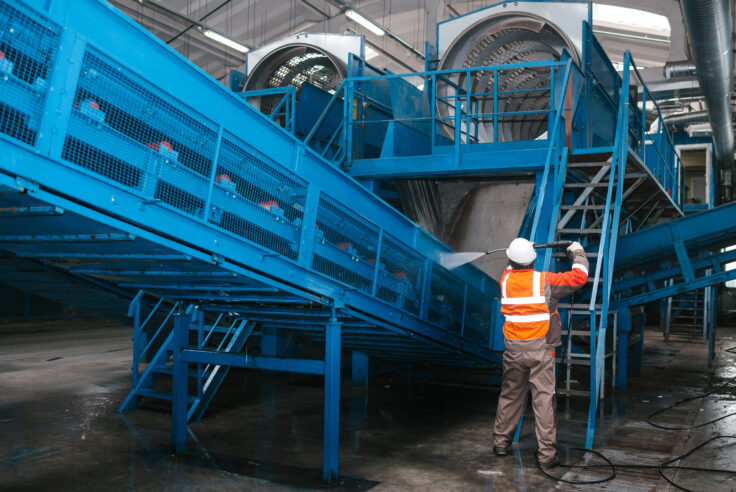
Press Release
Closed Loop Partners Releases New Guidelines to Strengthen...
The new guide shares tactical best practices to help...
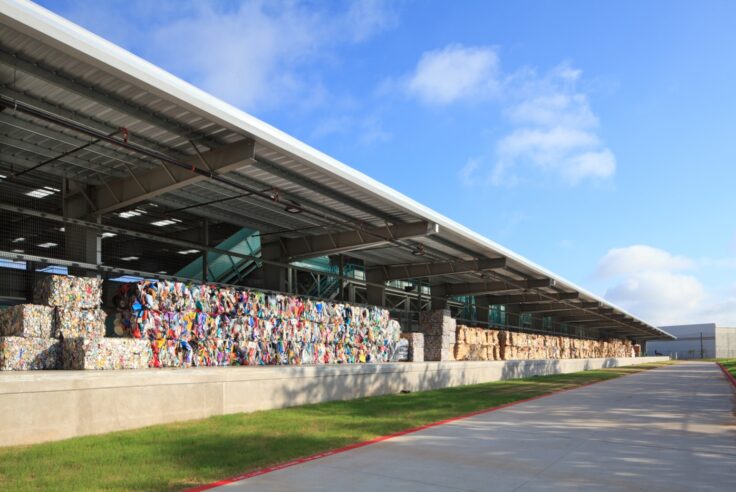
Blog Post
What Did It Take for Austin, Texas to Start Recycling...
The NextGen Consortium interviews Circular Services...
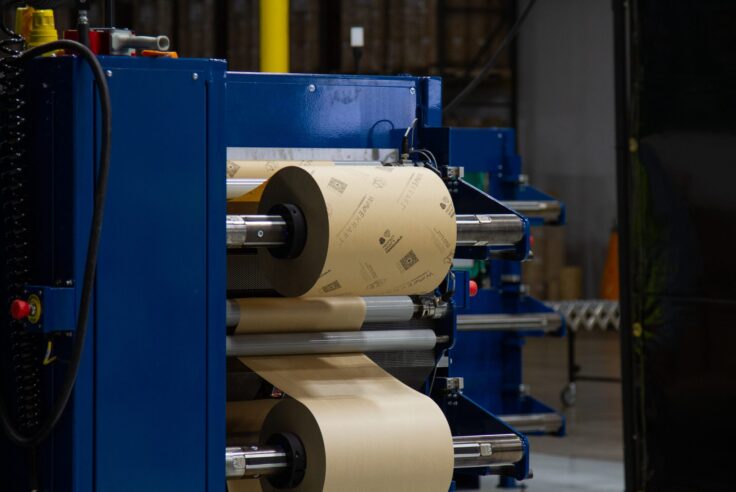
Press Release
Closed Loop Partners Deploys $10 Million Loan to TemperPack,...
This marks Closed Loop Catalytic Capital & Private...
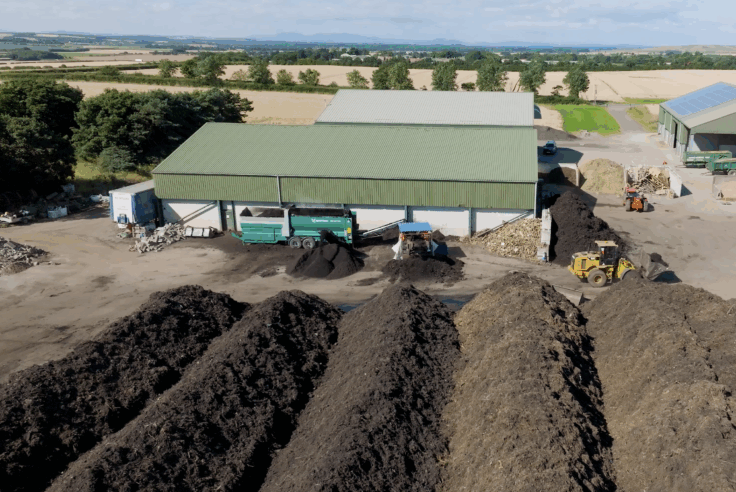
Press Release
Closed Loop Partners’ Composting Consortium, With...
Eight municipal and composter-led projects received...
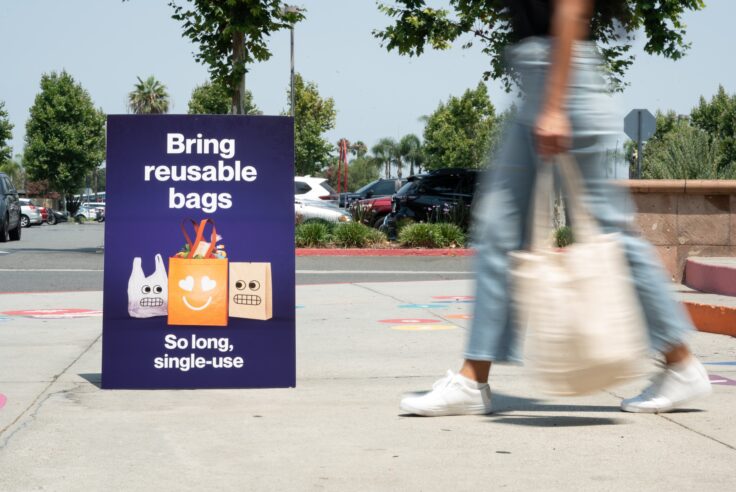
Blog Post
Behind SoCal’s Break-Up [With Single-Use Bags]
Since the campaign's launch, our team has visited hundreds...
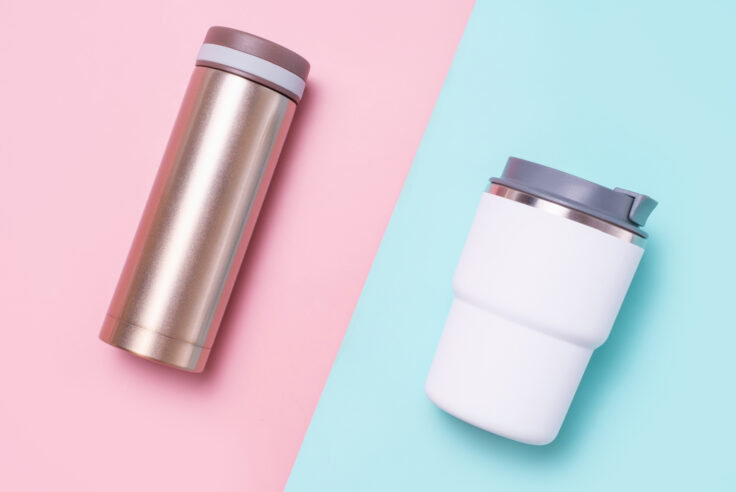
Blog Post
Materials Matter: Designing Reuse for the Real World
One of the most important design decisions for reuse...

Press Release
Closed Loop Partners Advances Major Progress for the...
The circular economy-focused firm releases 2024 impact...
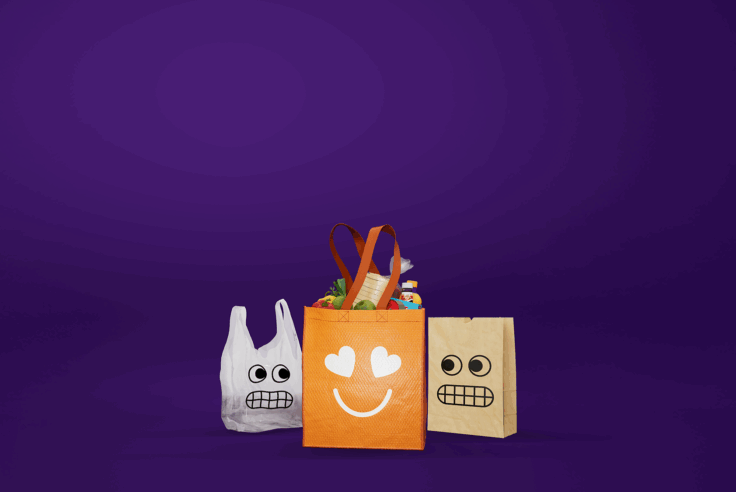
Press Release
Beyond the Bag Initiative Unites Major and Local Retailers...
Headlined by Target, CVS Health, Ralphs and Food 4...
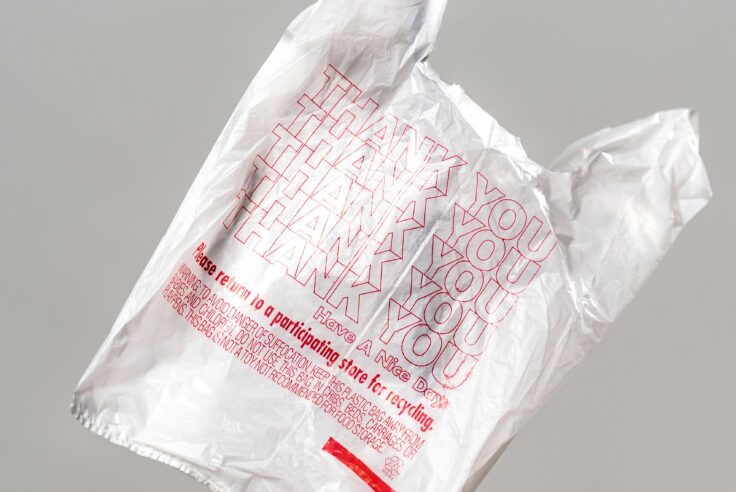
Press Release
Beyond the Bag Initiative Releases Its Largest Study...
The Consortium to Reinvent the Retail Bag unveils insights...
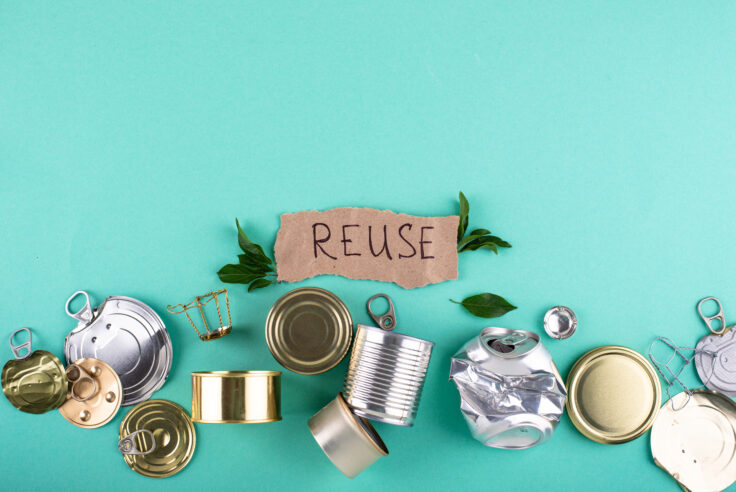
Blog Post
For Reuse to Work, Language Matters
A quick guide to messaging for reuse programs and getting...

Press Release
Closed Loop Partners Adds New Private Equity Managing...
Daniel Phan joins the circular economy-focused firm...
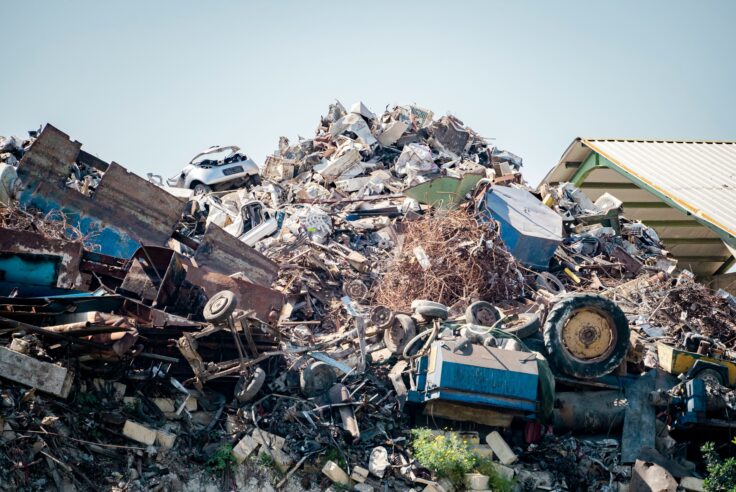
Blog Post
The Hidden Value of Scrap Metal: Why Local Recovery...
VALIS discusses circularity of metal processing, and...
